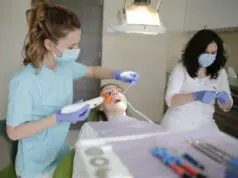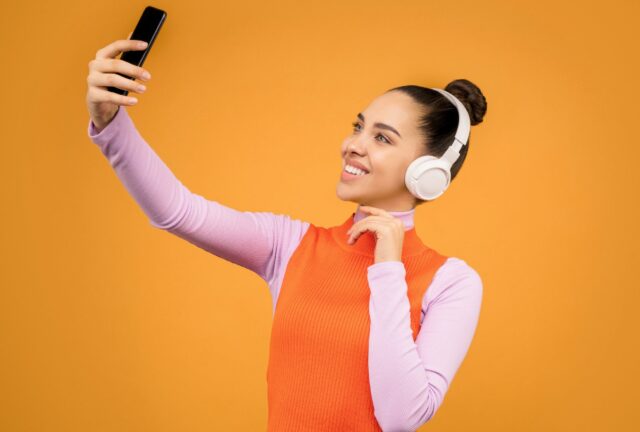
The term “selfie generation” once described primarily millennials (those born between the 80s and early 2000s). Today it has near-universal application. The practice of taking self-images with one’s Smartphone and sharing them on social media now spans all ages and generations.
High schoolers post images of themselves in prom attire. Senior citizens snap selfies with their grandchildren. Travel junkies share highlights from their trips by posing in front of their smartphones.
Selfies have become such a staple of contemporary culture that by now, a body of research into the psychology of selfies has accumulated. Some of the questions that researchers have sought to answer:
What is the psychological and mental health impact of taking selfies and posting them on social media? Is there a tipping point at which the habit may become unhealthy or a behavioral addiction? If so, how many selfies would that be?
What follows are some provisional answers to these questions, as well as tips for when it may be a case of too many selfies and a potential problem for one’s mental health. (Learn about treatments for mental health issues at FHE Health.)
What Is “Selfitis” and Is It Real?
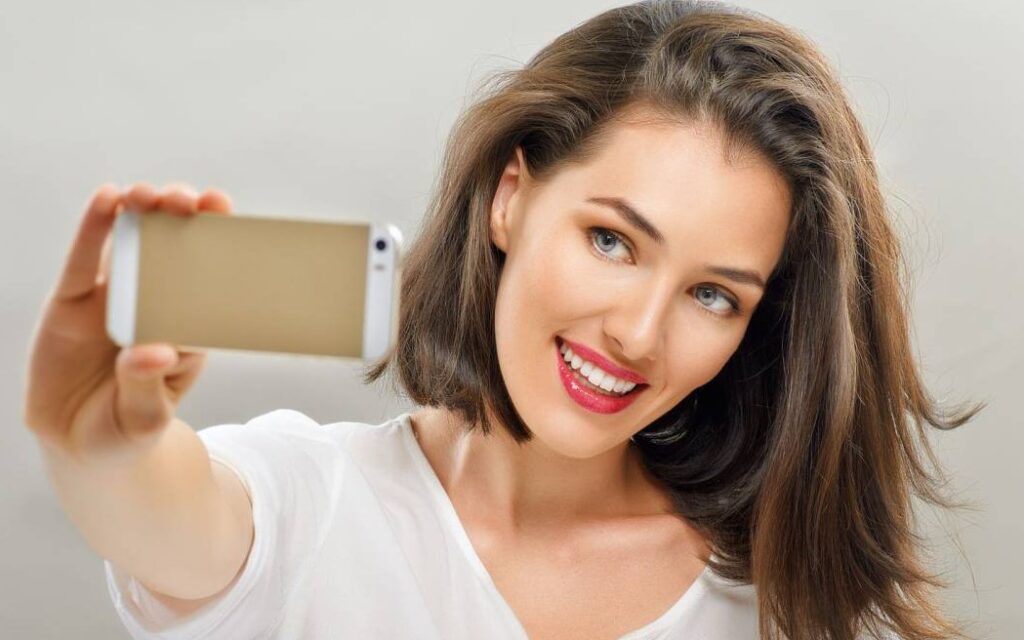
A phenomenon known as “selfitis” first originated in the year 2014. That is when a story spread that the American Psychiatric Association (APA) had classified the obsessive-compulsive taking of selfies as a new mental disorder.
A 2017 study in the International Journal of Mental Health and Addiction linked the very first appearance of selfitis to a news article on the Adobo Chronicles website. The article reportedly described selfitis as “the obsessive-compulsive desire to take photos of oneself and post them on social media as a way to make up for the lack of self-esteem and to fill a gap in intimacy.”
According to the same article, selfitis could be “borderline, acute, or chronic”:
Borderline meant “taking photos of one’s self at least three times a day but not posting them on social media;” acute meant “taking photos of one’s self at least three times a day and posting each of the photos on social media;” and chronic meant the “uncontrollable urge to take photos of one’s self round the clock and posting the photos on social media more than six times a day.”
These claims were believable enough to circulate nationally and internationally. The problem was they were not true. It was a hoax: The APA had not in fact named selfitis as a mental disorder.
The Psychology of “Too Many Selfies”
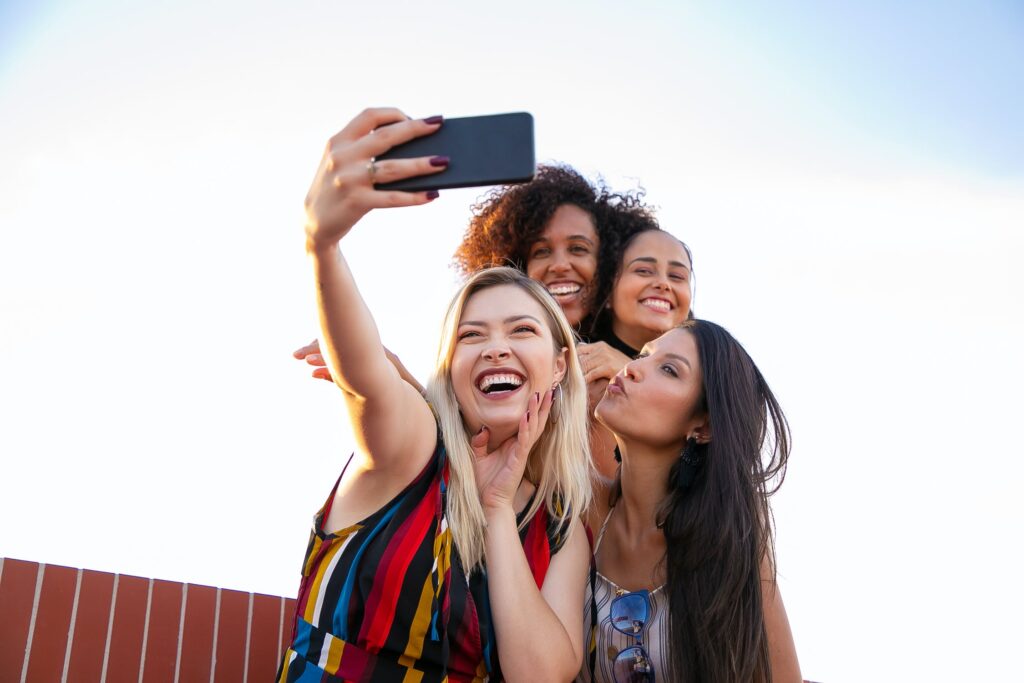
One silver lining of all the false hoopla was that it led to more legitimate research into the concept of selfitis and “too many” selfies. This research included the 2017 study. It looked at the selfie-taking behaviors of a large group of students in India, with a view to analyzing the psychology of compulsive selfie-taking—in other words, what motivates people to indulge in an overabundance of selfies?
The researchers identified six factors that contributed to the psychology of excessive selfies: “environmental enhancement” (as in feel-good self-expression and memory making); “social competition;” “attention seeking;” “mood modification;” “self-confidence;” and “subjective conformity” with social norms.
These motivations in themselves are not necessarily unhealthy or problematic for mental health. In fact, if a selfie lifts a person’s spirits or enhances one’s sense of enjoyment in the moment, it may be an expression of normal social behavior and stimulate good feelings.
A related consideration is that what may be excessive selfies for one person may not be for another. The idea that a selfie “problem” can be determined by how many selfies one takes in a day misses the important reality that people are individuals and can have different thresholds.
One person may post six selfies daily and find that makes them feel good and does not negatively affect their quality of life. Another person may share three selfies per day but may feel disturbed by the escalating amount of time they are spending taking and posting these self-images.
How Selfies Can Become Addictive and Signs to Look for
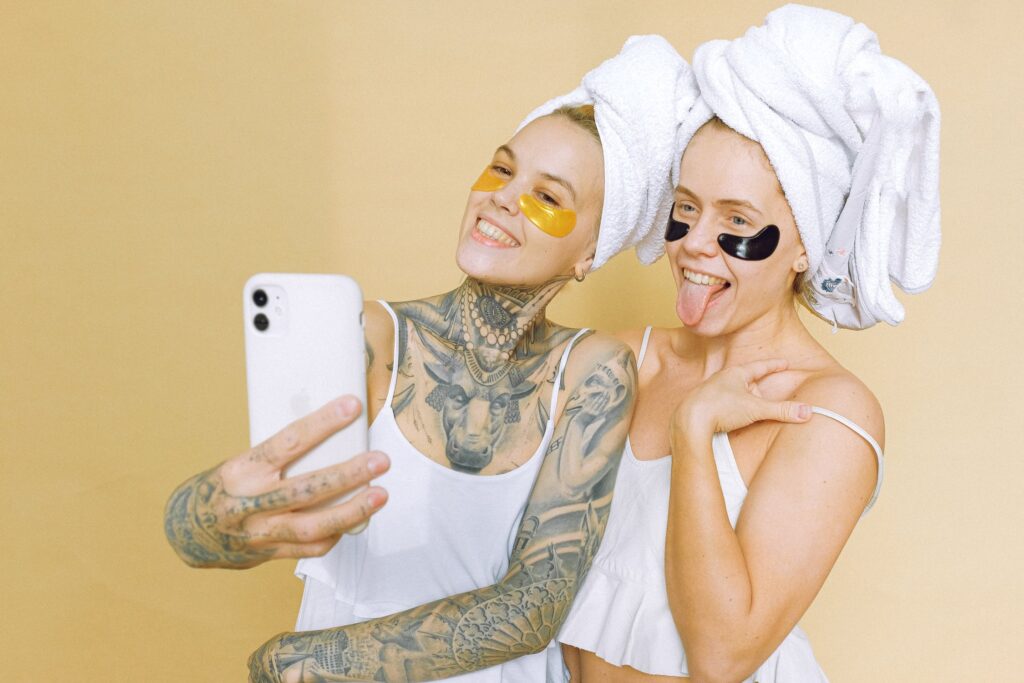
Of course, many behaviors that are pleasurable (and that cause a spike in the pleasure neurotransmitter dopamine) can become addictive. In this sense, selfie taking can escalate into addictive behavior. Here are some signs to look for that may indicate a problem:
- Feelings of anxiety or depression related to taking and sharing selfies
- Obsessive thoughts related to taking and sharing selfies
- Difficulties concentrating on work or other tasks related to taking and sharing selfies
- Disturbances in one’s relationships because of how much time or energy one is spending on taking and sharing selfies
- A noticeable increase in social isolation and withdrawal related to taking and sharing selfies
- Hiding the behavior
Help for Behavioral Addictions
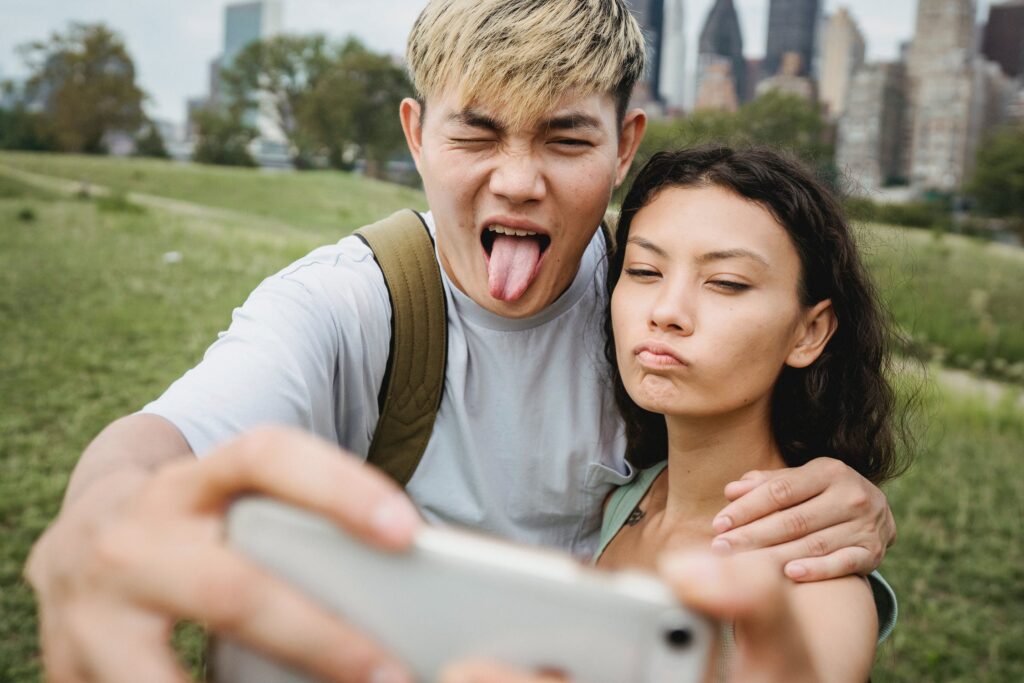
The prevalence of behavioral addictions has spurred progress in therapies and treatments that can help people address the root problem, make positive lifestyle changes, and achieve a better quality of life.
The best treatment plan will be personalized to meet one’s individual needs. Cognitive-behavioral therapy and talk therapy can often offer relief. For example, if you reside in the Boston area and require support to address an unhealthy fascination with selfies, you can search for Boston therapists who can provide professional guidance tailored to your needs. Depending on the symptoms, a medication like an antidepressant may be prescribed. As recently as July 2024, a scholarly review of 11 articles concluded that “selfitis” was “a newer behavioral addiction.”
More important than its official name, or even whether it meets the technical criteria for a behavioral addiction, obsessive selfie-taking does not have to escalate into a serious health issue. With help, one can address the mental health issues that may trigger an unhealthy fascination with selfies, and it can be managed in a more constructive way.
This article was provided by Dr. Beau A. Nelson, DBH, LCSW, who is Chief Clinical Officer at FHE Health, a national provider of addiction and mental health treatment.



